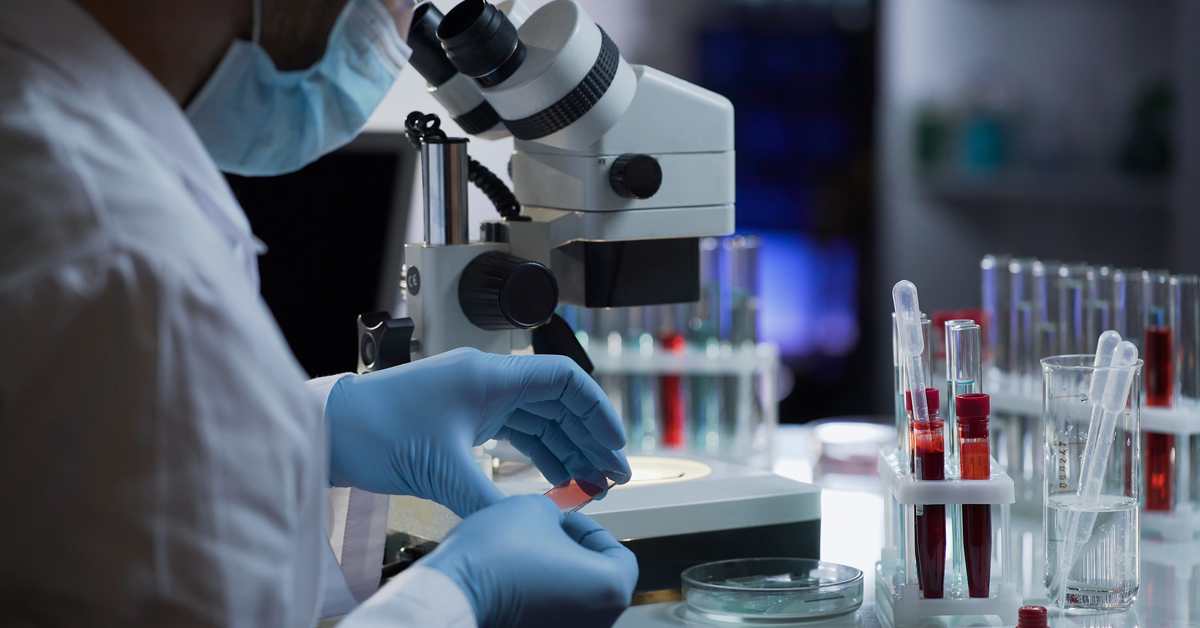
How Long Do Biopsy Results Take?
A biopsy is an important procedure used to determine if tissue from the body is diseased or normal. During a biopsy, a small tissue or cell sample is surgically removed from your body and sent to a pathology laboratory for analysis. When you’ve had a biopsy done, it can be stressful to wait for the results, and many people wonder how long do biopsy results take.
The time frame for biopsy results depends on several factors, including the type of biopsy performed, the complexity of the test, the method of testing used, and the lab’s workload.
A biopsy may be incisional (only part of the tissue is removed) or excisional (the whole tissue is removed). There are also specific types of biopsies, such as needle, bone marrow, skin, or endoscopic biopsies. Each type requires different preparation and examination techniques, so the time it takes to analyze them varies.
Pre-Analytical Phase: Processing the Biopsy Sample
Once the biopsy sample reaches the lab, it undergoes several processing stages. First, the tissue sample is typically preserved in a fixative solution like formalin to prevent it from degrading. After fixation, the sample is dehydrated, embedded in paraffin wax, sectioned into very thin slices using a microtome (a machine capable of making incredibly small cuts), mounted on slides, and then stained for microscopic examination. This process can take a few hours up to a few days, depending on the tissue type and size.
Analytical Phase: Examination by the Pathologist
After the pre-analytical phase, a pathologist examines the tissue samples under a microscope. This is the analytical phase. Pathologists are medical doctors who specialize in diagnosing diseases by studying tissues and fluids. By examining the structure and pattern of cells and tissues, pathologists can determine whether a disease, such as cancer, is present. This process can be time-consuming, especially if additional special stains or further tests are needed to confirm a diagnosis.
In more complex cases, another pathologist may be consulted to provide a second opinion and confirm the findings, adding to the time before results can be reported. Once a conclusion has been reached, the pathologist writes a pathology report detailing the findings.
Typical Time Frame for Biopsy Results
In general, the time frame for receiving biopsy results is usually between one to two weeks. However, it can be as short as a few days or, in some complex cases, it may take several weeks.
In some situations, a pathologist may be waiting on standby to process the sample immediately while a patient is still under anesthesia. For example, if a lymph node near a tumor is removed to check for cancer, the surgeon will wait for the results before deciding what to do next. In this case, the results are given to the surgeon in less than an hour.
The method of conveying these results also plays a part in the timeline. Most laboratories will send the results electronically to the primary physician, who interprets the pathology report in combination with the patient’s history and symptoms. The physician will then contact the patient with the results.
Maintain Communication With Your Healthcare Team to Stay Informed
While waiting for biopsy results can cause anxiety, this process is meticulous and time-consuming for a reason. The precision of the pathologist’s findings directly impacts the course of treatment. Thus, ensuring accuracy is more critical than speed.
For real-time updates on when your results will be ready, it’s always a good idea to keep communication open with your healthcare provider. They can provide a more personalized timeline and help manage any anxiety you may have during this waiting period.
The turnaround time for biopsy results varies, but pathologists will always do their best to be both quick and precise. Although it’s not easy to wait, the process is crucial to ensure the most accurate diagnosis. An accurate diagnosis will lead to better treatment and is worth the wait.
